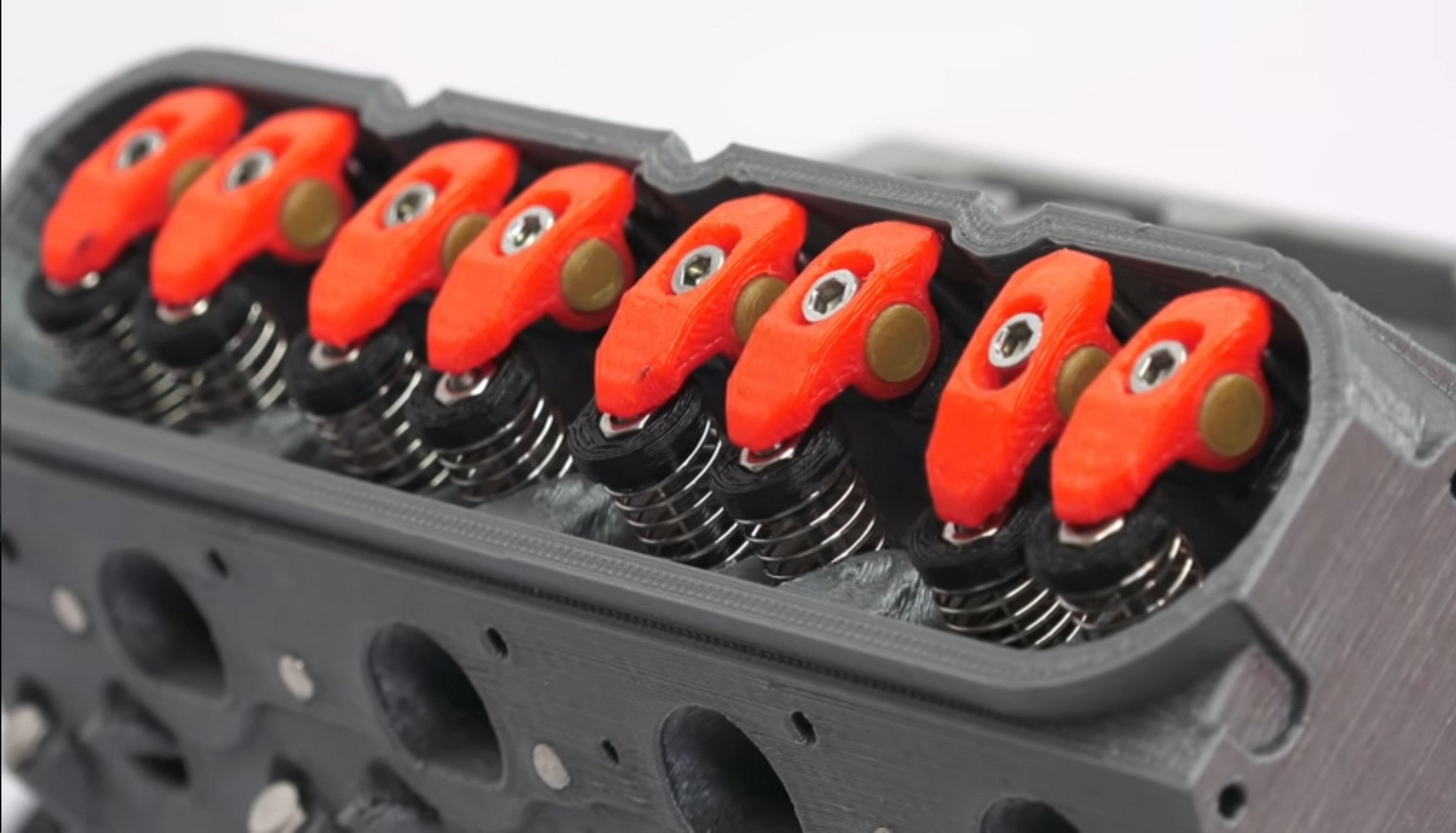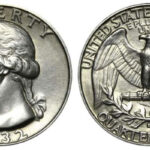For drivers of manual transmission vehicles, the term “money shift” can evoke a sense of dread. It’s a mistake that can happen to anyone, even seasoned automotive experts like Jason Fenske of Engineering Explained. But what exactly is a money shift, and why is it so feared? Understanding the Money Shift Meaning and its potential consequences is crucial for any driver operating a manual car.
A money shift occurs when a driver, intending to upshift to a higher gear, mistakenly shifts down to a lower gear instead. Imagine you’re driving in third gear and aim for fourth, but accidentally engage second – that’s a money shift. The name itself hints at the potentially high cost associated with this error, as it can lead to significant damage to your vehicle’s engine.

The primary issue with a money shift is the dramatic and sudden increase in engine speed, or RPM (revolutions per minute). When you mistakenly downshift at high speeds, the engine is forced to spin far beyond its safe operating limit, often exceeding the redline. Fenske experienced this firsthand in a Nissan Z during a track day. He explained that when attempting to shift from third to fourth gear, he inadvertently went into second. The immediate effect was the car decelerating abruptly and the rear end becoming unstable.
This reaction occurs because the wheels, spinning at a speed appropriate for third gear, suddenly force the engine to match a much higher RPM than it would normally operate at in second gear at that speed. For instance, if a car is traveling at 94 mph in third gear, shifting into second would require the engine to instantaneously jump to around 9,724 RPM to maintain that speed, significantly exceeding the Nissan Z’s 6,800 RPM redline. This forced over-revving is what makes the money shift so damaging.
One of the most critical concerns during a money shift is “valve float.” At extremely high RPMs, the valve springs, responsible for closing the engine valves, may not be able to keep pace with the engine’s speed. This loss of valve control, known as valve float, can cause the valves to remain open when they should be closed. In severe cases, this can lead to pistons colliding with valves, resulting in serious internal engine damage, potentially requiring costly repairs or even engine replacement.
Fortunately, as Fenske demonstrated in his Nissan Z example, not every money shift results in catastrophic damage. Modern engines often have some degree of tolerance and safety margins built-in. However, consistently performing money shifts or experiencing severe over-revving will undoubtedly increase the risk of engine damage over time. Understanding the money shift meaning and the mechanics behind it is the first step in avoiding this potentially expensive mistake and ensuring the longevity of your manual transmission vehicle.
